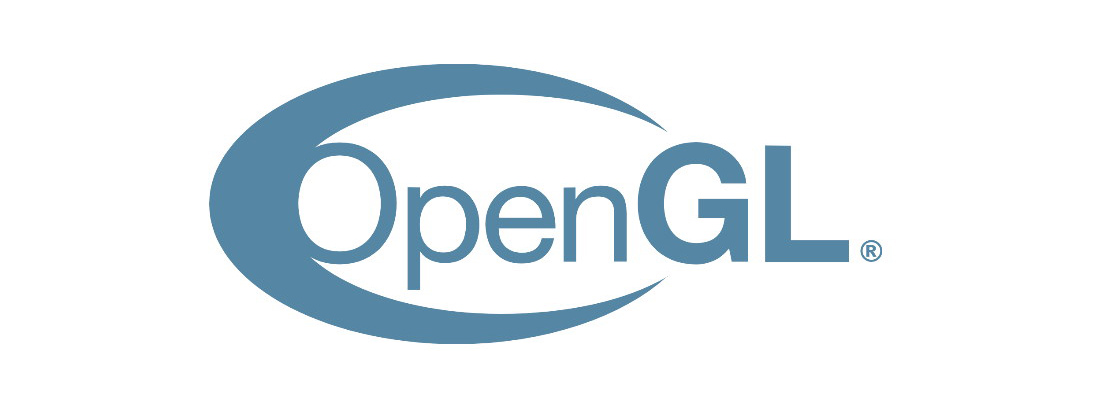OpenGL

Open Graphics Library (OpenGL) is the most widely adopted 2D and 3D graphics API in the industry cross-platform. Silicon Graphics Inc, began developing OpenGL in 1991 and released it on June 30 1992, and now is a technology maintained by Khronos Group.
Evergine use OpenGL graphics API on Web platform and Windows desktop but is deprecating this technology in favor of Vulkan, which is the new modern graphics API created by the Khronos Group.
OpenGL is used on Web platform by Evergine through the version named WebGL. This is the default version supported in the most popular browsers.
- Chrome, Edge, Firefox support WebGL 2.0
- Safari supports WebGL 1.0
Supported OpenGL devices
- Windows 8/10/11 x64/x86 desktop
- Web Browsers desktop, tablet and mobile.
Checking OpenGL version
If you a running Windows 7 or later the OpenGL library has already been installed on your system.
To check the OpenGL version available on your system just find out the control panel of your graphics card or you can download the OpenGL Hardware Capability Viewer.
Create a Graphics Context
To create a graphics context based on OpenGL just write:
GraphicsContext graphicsContext = new Evergine.OpenGL.GLGraphicsContext();
graphicsContext.CreateDevice();
To create a graphics context based on WebGL just write:
GraphicsContext graphicsContext = new Evergine.OpenGL.GLGraphicsContext(GraphicsBackend.WebGL2);
graphicsContext.CreateDevice();
Build & Run
You can select OpenGL API support during the new project creation from the Evergine launcher.
Desktop
If the project already exists you can add the OpenGL support from Evergine Studio by clicking on Settings -> Project Settings.
Selecting and adding the profile for Windows (OpenGL).
You can run on OpenGL by clicking on File -> Build & Run -> Windows.OpenGL.
WebGL
To support Web Platforms based on WebGL versions you also need to add from project setting the WebGL Template, selecting WebGL 2.0 or 1.0 depends your project needs.